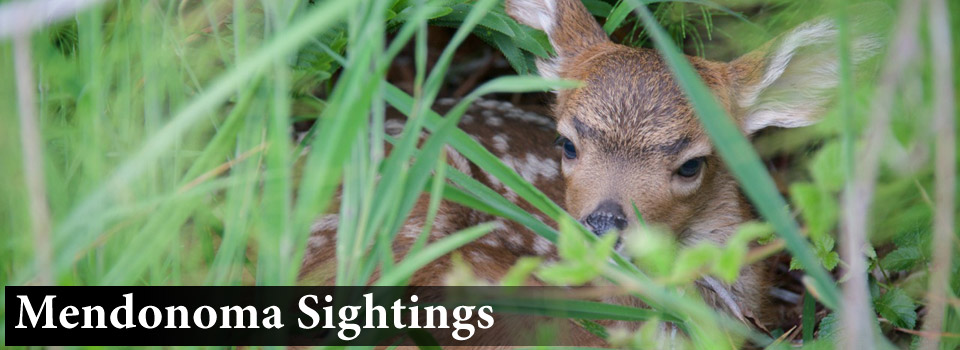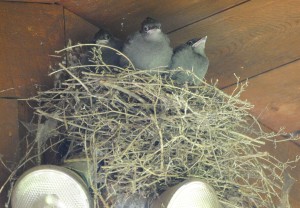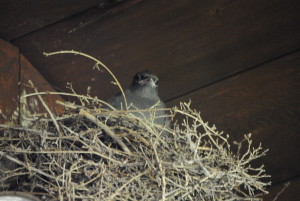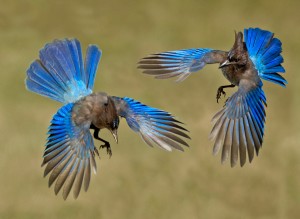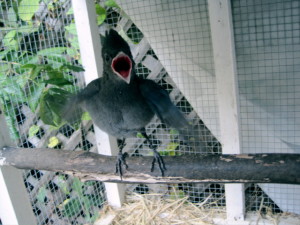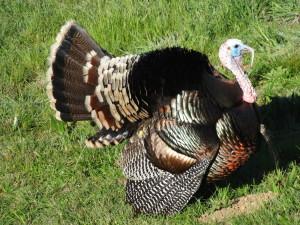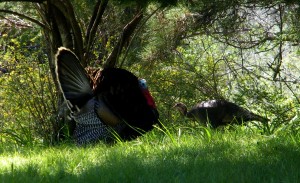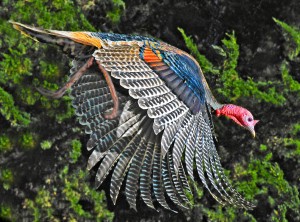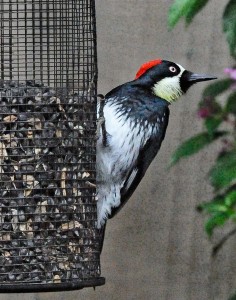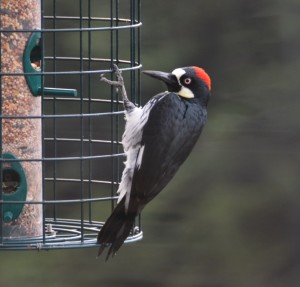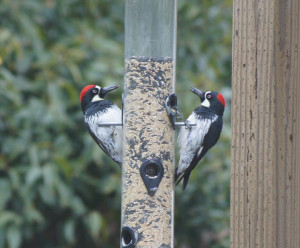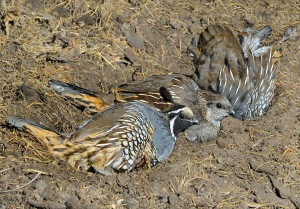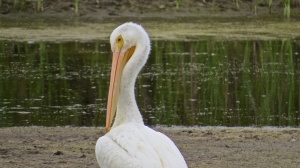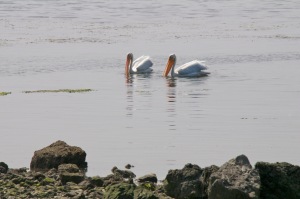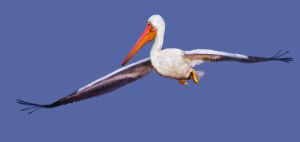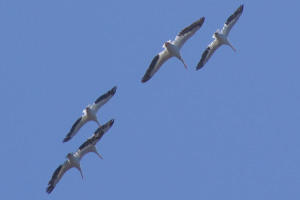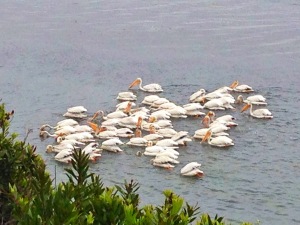For several years a Steller's Jay nest has held chicks. The adults built the nest above a light fixture on the outside of our house in Anchor Bay. The nesting female was so quiet, you hardly knew she was on the nest. But when the eggs hatched, the babies could be heard when a parent approached with food.
Last week the chicks had grown and were close to fledging. Here's a look at the three chicks.
One of the chicks was watching me pretty close as I took its picture.
Most of the twigs and small branches are from a Japanese Maple tree in our garden. The three chicks fledged last week.
Here's what two fully grown adults looks like. Siegfried Matull caught these two in flight.
And here is a funny photo of a fledgling that Connie Matz took several years ago. "Feed meeeeeeeeeeeee!"
Thanks to Siegfried and Connie for allowing me to share their photos with you here.
